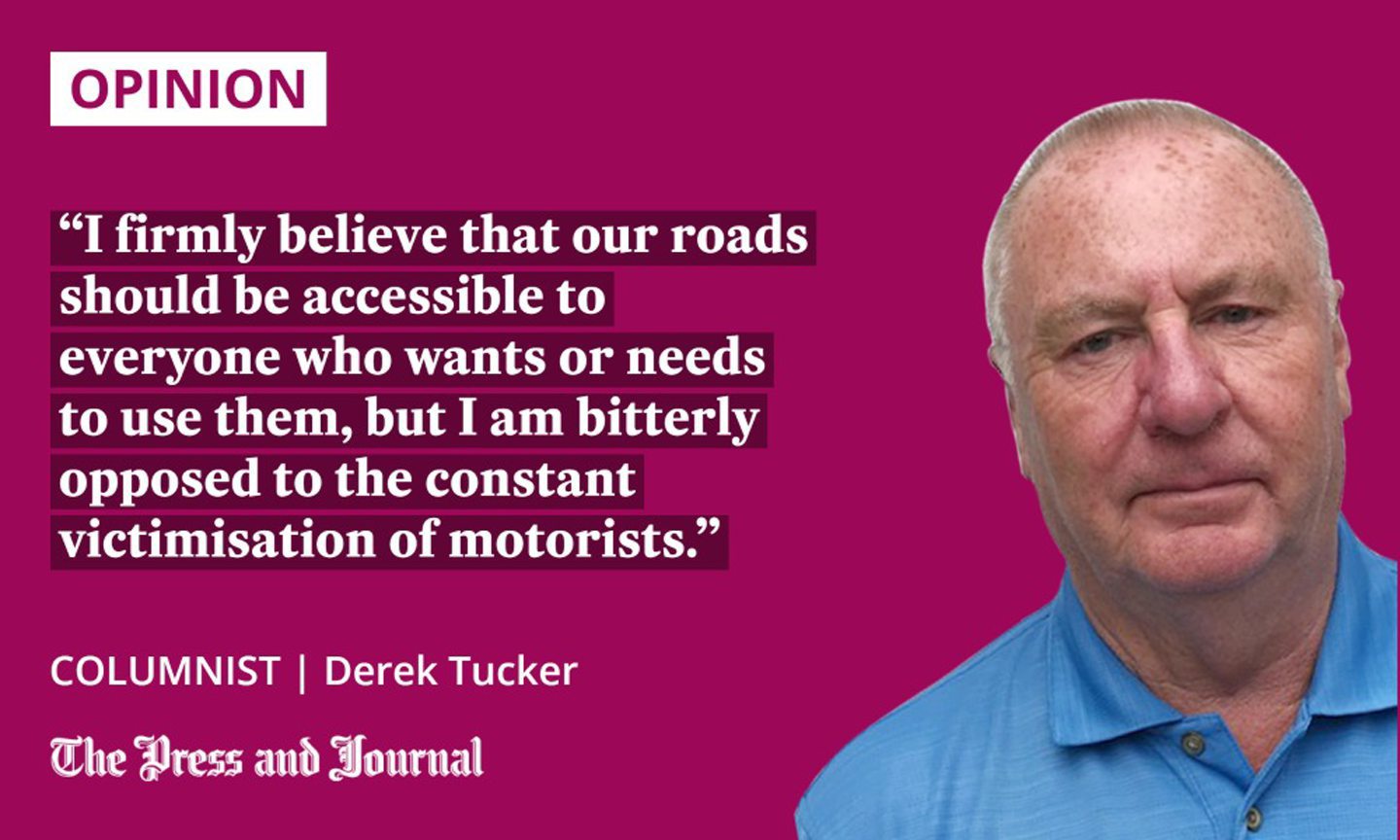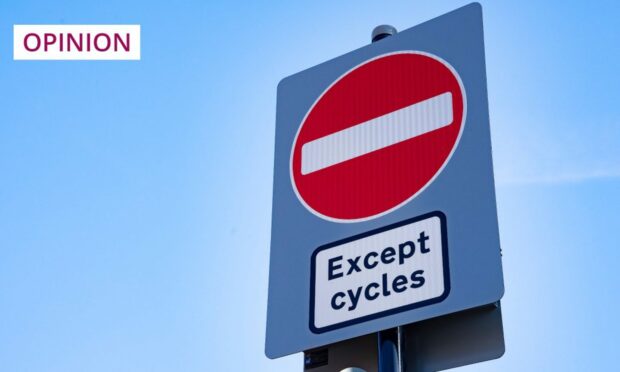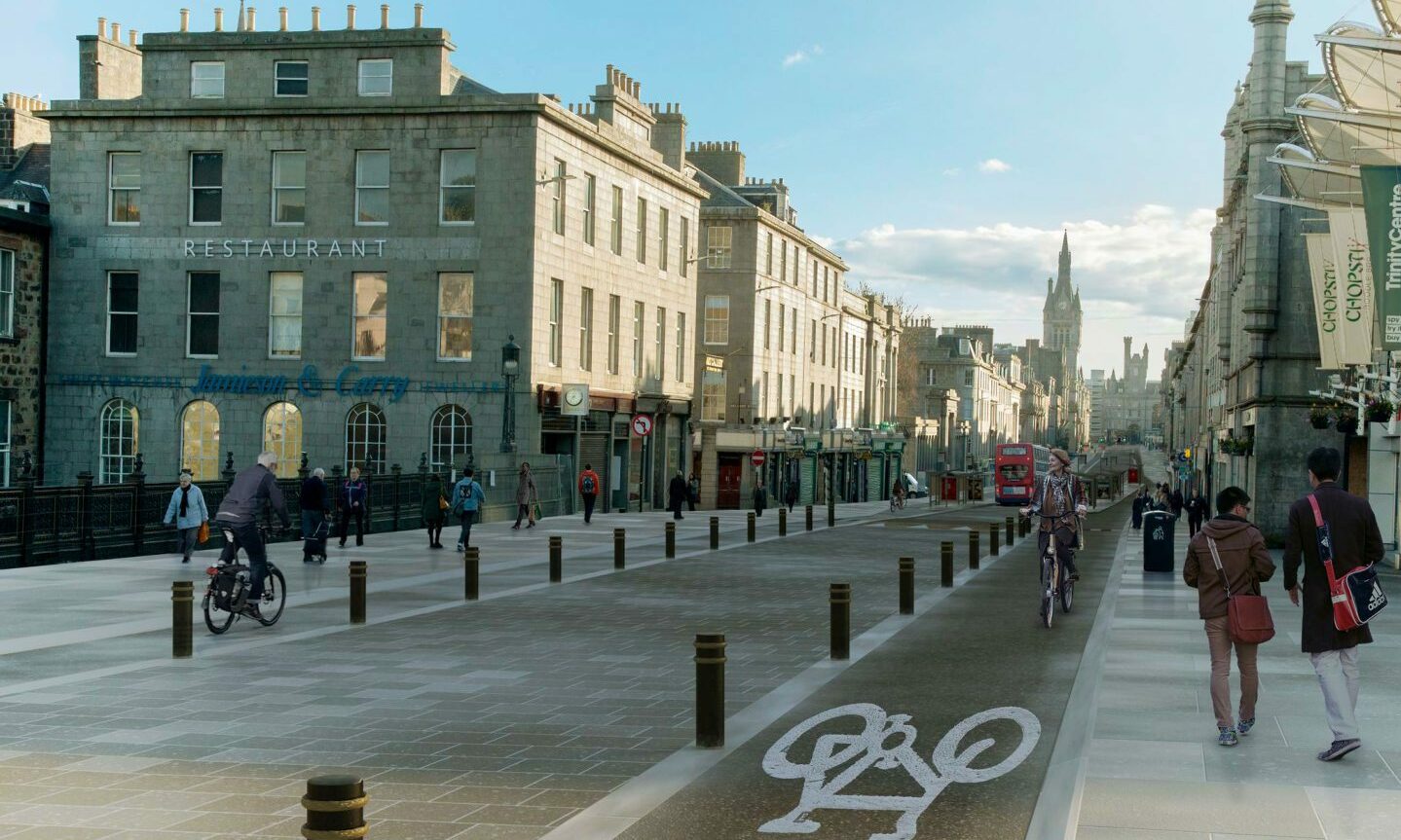The relentless war on the motorist in Scotland’s cities is moving into a new phase with the launch of a survey in Aberdeen which is little more than a thinly-disguised exercise in justifying further restrictions on those of us who have little option but to travel by car.
The survey – commissioned by Sustrans, which describes itself as “the charity making it easier for people to walk and cycle” – has been distributed to 6,400 homes in the city.
The covering letter describes its desire “to make sure that the results reflect the views of all people in your local area”. So far, so good. Except that the survey itself contains more than 50 questions, almost all of them blatantly skewed to provide the information Sustrans wishes to hear.
Questions one to three display a passing interest in the use of cars, but they are then followed by a succession of questions purely aimed at prioritising walking and cycling, together with suggestions such as banning new housing developments where driving is the only practical way to visit shops and other local amenities, and transferring money from future road-building schemes to fund walking, cycling and public transport. And it gets worse.

Ideas such as banning cars from streets outside schools during pick-up and drop-off times, restricting through-traffic in residential areas, and building more cycle paths on existing roads by reducing the space available for “other traffic” all find their way into the questioning.
By far the most fanciful part, however, is the question which seeks to gauge views on the creation of 20-minute neighbourhoods, where we would all have shops, schools, green space and public transport within a 10-minute walk or cycle from our homes. Really?
Has it even occurred to the people who compiled this piece of science fiction that there is a huge difference between how far someone can walk in 10 minutes and how far that person could cycle?
Do they really expect people to jump on their subsidised bicycles and scoot off to Tesco for their weekly shop, balancing their groceries and a 24-pack of Tennent’s in their bag for life on their head?
Survey should genuinely seek all views
Aberdeen city centre is a disgrace at present, with big-name retailers abandoning their stores, and choices on Union Street now limited to bars, bookmakers and charity shops. Decades of bad planning have reduced what was once a thriving, bustling area into a virtual ghost town.
That will get even worse when the city council begins to enforce the low emission zone, which will drive even more traffic out of the city and into outlying towns such as Stonehaven and Inverurie. If even 10% of the hare-brained ideas floated in this Sustrans survey are adopted, there will be no way back from the slow death the city is currently experiencing.
If the intention really is to find out people’s views on transport issues, the survey should include questions which genuinely seek ALL views. Questions such as: should it be compulsory for cyclists to have bells fitted to their bikes to warn unsuspecting pedestrians of their approach? Or: should it be compulsory for cyclists to have insurance cover?
How about asking whether people think cyclists who ignore red traffic lights should be given fixed penalty tickets? Or whether, despite what the updated Highway Code now says, cyclists should be compelled to use cycle paths where available?
I firmly believe that our roads should be accessible to everyone who wants or needs to use them, but I am bitterly opposed to the constant victimisation of motorists. I would wholeheartedly support regulations which insist that all new road building should provide designated areas for cyclists and pedestrians, but this should be in addition to catering for the motorists, not instead of it.
As for the survey, I have to make my mind up whether I complete it, knowing that my views will be ignored; don’t bother completing it and leave myself open to the accusation that I forfeited my chance to influence policy; or roll it up very tightly and send it back to Sustrans, together with a suggestion of what they can do with it. Decisions, decisions.
Derek Tucker is a former editor of The Press and Journal


Conversation